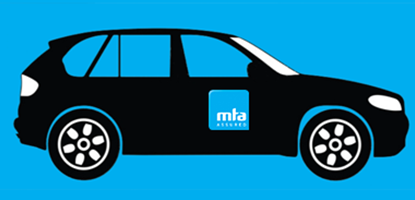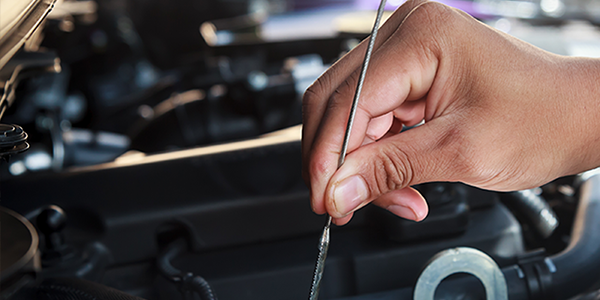November 2025
Top Tips For Driving With Pets
Here at MTA, we know how much the New Zealand motoring public love their pets and how often they travel with them. With this in mind, we spoke to the SPCA to find out their top tips for travelling with our furry friends.
SPCA Tips for Safe Travel
It is important for the safety of both your animals and the people in the car that your dog or cat is properly restrained. Not only can your animal get hurt in an accident but an unrestrained animal can cause an accident by simply being a distraction. In fact, dogs distracting drivers has been reported as the most common cause of road accidents involving pets.
There are several options to keep your pet contained in the car:
- A travel harness
- a carrier
- a crate
- a barrier (to contain your dog in the rear of your car).
If you are using a crate; the animal should fit snugly in their crate with just enough room to turn around and lie down comfortably. This will help minimise the risk of injury to the animal in the case of a sudden stop or accident. The crate must be longer than your animal’s body length.
The SPCA does not recommend securing a carrier by buckling a normal seatbelt around it unless the manufacturer provides you with crash test video to illustrate structural integrity. Using a seatbelt to around a carrier could actually crush the carrier if you get into an accident. Instead, if you are using a small carrier, put the carrier on the floor of the vehicle behind the front passenger or driver seat.
If you are using a harness to keep your pet safe, it should be properly fitted in the rear seat of the vehicle and secured with a seat belt.
Other animal safe vehicle travel recommendations include:
- Do not let your pet ride on the front seat of the car. Even in a slow speed crash, airbags may deploy and seriously injure them. There is also the risk that pets may go through the windshield.
- Do not let your pet put their head out of the window. If your dog or cat’s head fits out of the window, so will their body! There is also a risk of debris from the road getting in their eyes causing injuries.
Leaving a dog in a hot car can lead to a dangerous situation for your pet. If you are found to have done this, you can be fined $300.
If your dog is on an open deck or trailer of a moving vehicle on a public road, they must be appropriately contained or restrained to prevent them from falling off. If you fail to do so, you can be fined $300.
For more information visit the SPCA website >>



